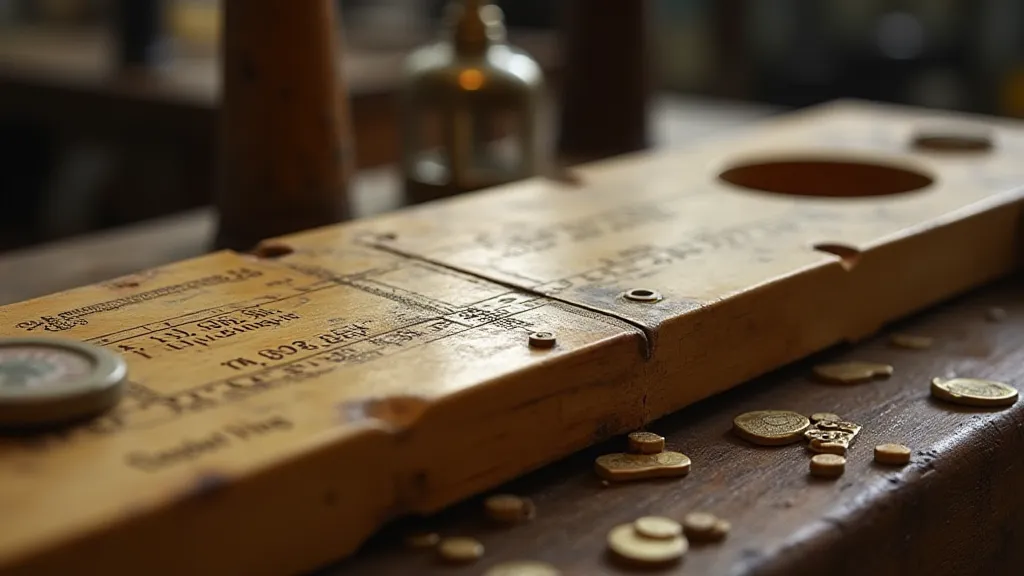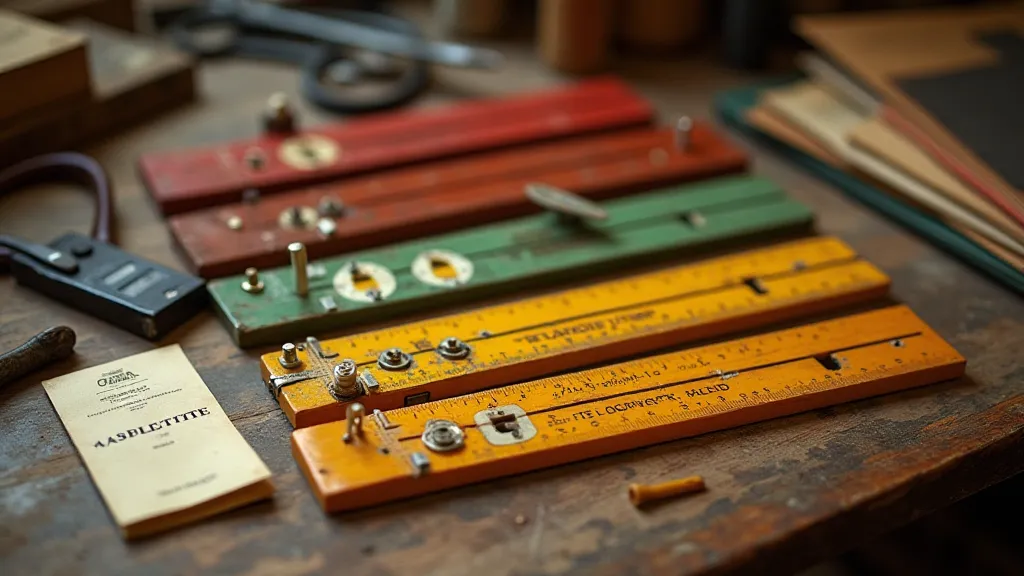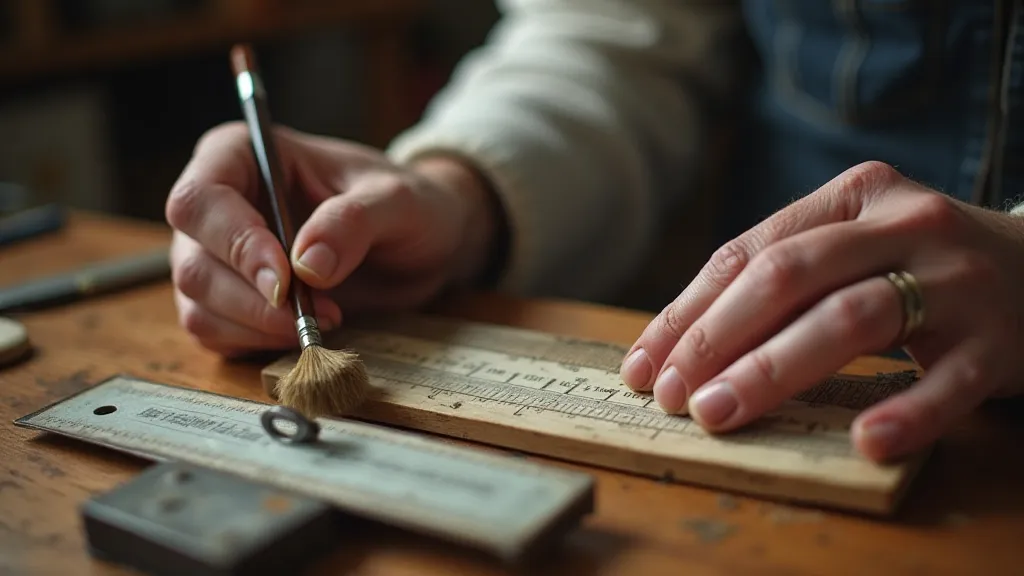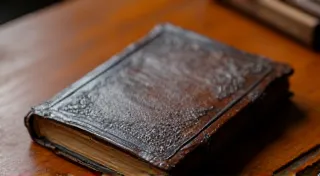From Ivory to Bakelite: A Materialist’s Journey Through Slide Rule Construction
There’s a certain poetry to holding a vintage slide rule. It’s not just the smooth, cool feel of the material in your hand, but the weight of history, the echoes of calculations performed long ago. As a collector, I'm drawn to more than just functionality; I'm captivated by the *material* itself. The journey of slide rule construction, from the delicate intricacies of ivory to the robust practicality of Bakelite, is a story of technological advancement, aesthetic preferences, and the enduring quest for precision.
The Reign of Ivory and Ebony: Early Precision
The earliest slide rules, emerging in the late 17th century, were crafted from far more precious materials than we might imagine. Ivory was the material of choice for many pioneering engineers and mathematicians. The slow, laborious process of sawing and shaping the ivory, combined with the natural beauty of the grain, resulted in objects of remarkable elegance. Ebony, too, found favor, its dark, dense texture offering a contrasting aesthetic. Think of them not just as calculating tools, but as exquisitely carved instruments – almost works of art.
My grandfather, a civil engineer, had a Pickett slide rule that his father, also an engineer, used throughout his career. It was ivory, and the ivory felt...alive. It carried the faintest scent of age, a comforting aroma of time and calculation. He would often hold it up to the light, tracing the grain with a reverent finger. "It's beautiful, isn't it?" he's say. "A piece of the past." That slide rule, sadly lost to time, remains one of my most cherished memories, embodying the respect and admiration for precision engineering of a bygone era.

The challenges were considerable. Ivory is susceptible to moisture and can crack or warp over time. The grain can also be inconsistent, making it difficult to create perfectly smooth and accurate scales. Furthermore, the ethics of using ivory are now rightly questioned, and finding examples today often involves a deep understanding of their provenance and a commitment to responsible collecting.
Wood Takes Center Stage: Durability and Affordability
As the Industrial Revolution gained momentum, the cost and availability of ivory became limiting factors. Wood, particularly hardwoods like mahogany and rosewood, offered a viable alternative. While not as inherently beautiful as ivory, wood could be readily shaped and finished to produce durable and functional slide rules. Wood offered a wider range of colors and grains, allowing for a degree of customization that ivory simply couldn't.
The shift to wood wasn't merely an economic one; it also reflected a changing aesthetic. The emphasis moved from opulent displays of wealth to a more pragmatic, functional design. Slide rules became more accessible, finding their way into schools and workshops across the country. This broadened adoption fuelled innovation and refinement in manufacturing processes.
The Rise of Celluloid and Early Plastics: A Transitional Period
The late 19th and early 20th centuries saw the introduction of celluloid, one of the first plastics. Celluloid offered a compromise, mimicking the appearance of ivory with a more readily produced material. However, it proved to be brittle and flammable – a significant safety concern. These early plastics were often coated with a lacquer to improve their appearance and protect them from damage, adding another layer of complexity to their preservation.
Bakelite: The Workhorse of Engineering
The advent of Bakelite in the 1920s revolutionized slide rule construction. Developed by Leo Baekeland, Bakelite was a thermosetting plastic, meaning it cured permanently and wasn’t susceptible to melting or deformation. It was durable, heat-resistant, and electrically insulating – all crucial properties for a precision instrument. More importantly, it could be mass-produced relatively inexpensively.

Bakelite slide rules became the standard for decades, powering countless engineering calculations. They came in a wide array of colors – browns, blacks, yellows, and even striking reds and greens. The affordability and practicality of Bakelite democratized access to slide rule technology, solidifying its place in engineering education and professional practice.
The Later Years: Acrylic and Beyond
In the latter half of the 20th century, acrylic plastics began to appear, offering another degree of transparency and color possibilities. While not as commonly associated with vintage slide rules, they represent the final chapter in the evolution of slide rule materials. Today, while electronic calculators have largely replaced slide rules, their legacy endures, and the materials that constructed them tell a fascinating story of innovation, design, and the relentless pursuit of precision.
The Collector's Perspective: Material Considerations
For the slide rule collector, the material is more than just a characteristic; it’s a key factor in determining value and historical significance. An ivory slide rule is inherently more valuable and sought after than a Bakelite one, reflecting the scarcity of the material and the craftsmanship involved. However, condition is paramount. A well-preserved Bakelite slide rule can be more desirable than a cracked or damaged ivory example.
Understanding the properties of each material is crucial for proper care and restoration. Ivory requires careful control of humidity to prevent cracking. Bakelite can become brittle with age and requires gentle handling. Recognizing the specific challenges associated with each material allows the collector to preserve these remarkable artifacts for future generations.

A Tangible Connection to the Past
Holding a slide rule, regardless of its material, is a tangible connection to the past. It’s a reminder of a time when engineers and mathematicians relied on ingenuity and precision to solve complex problems. The materials themselves embody this spirit, each representing a unique moment in the history of engineering and design. As a collector, I am not just acquiring objects; I am preserving a legacy – a materialist’s journey through the ingenuity of the past.





